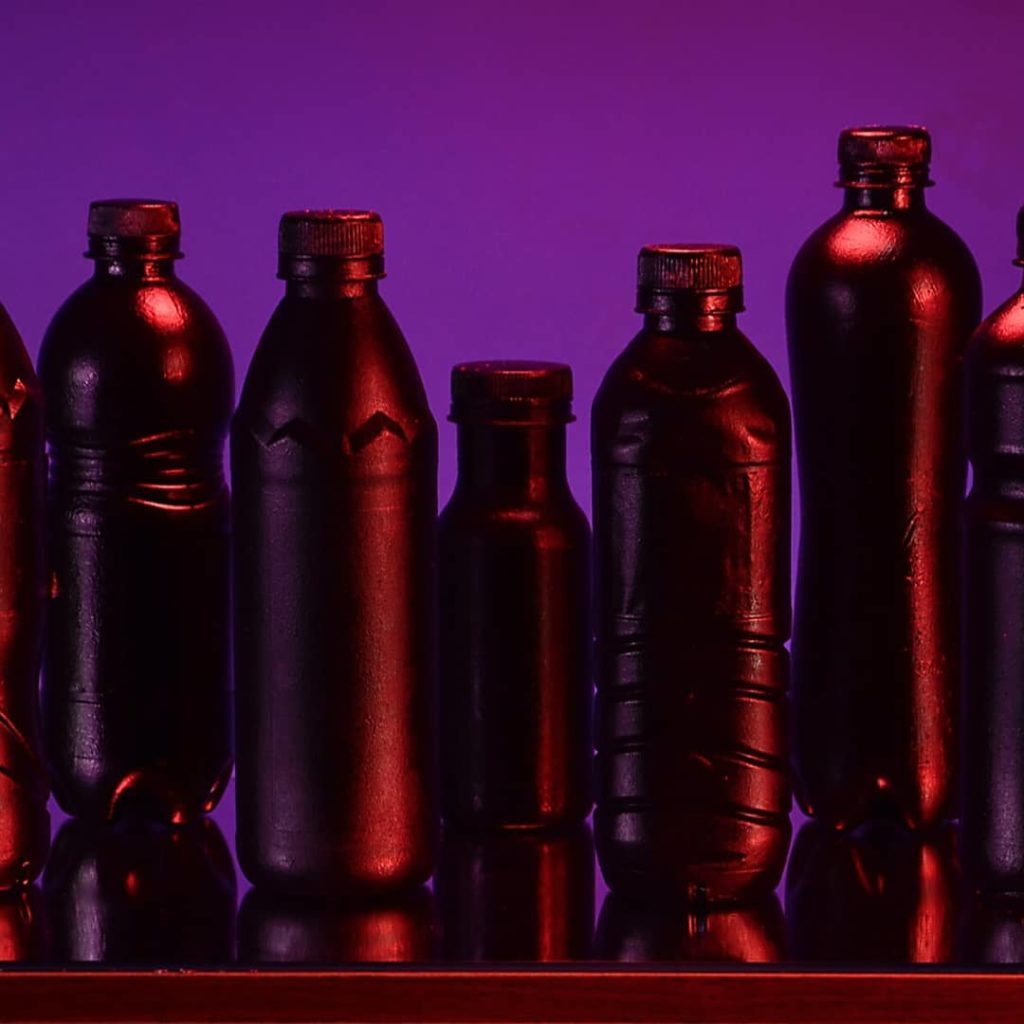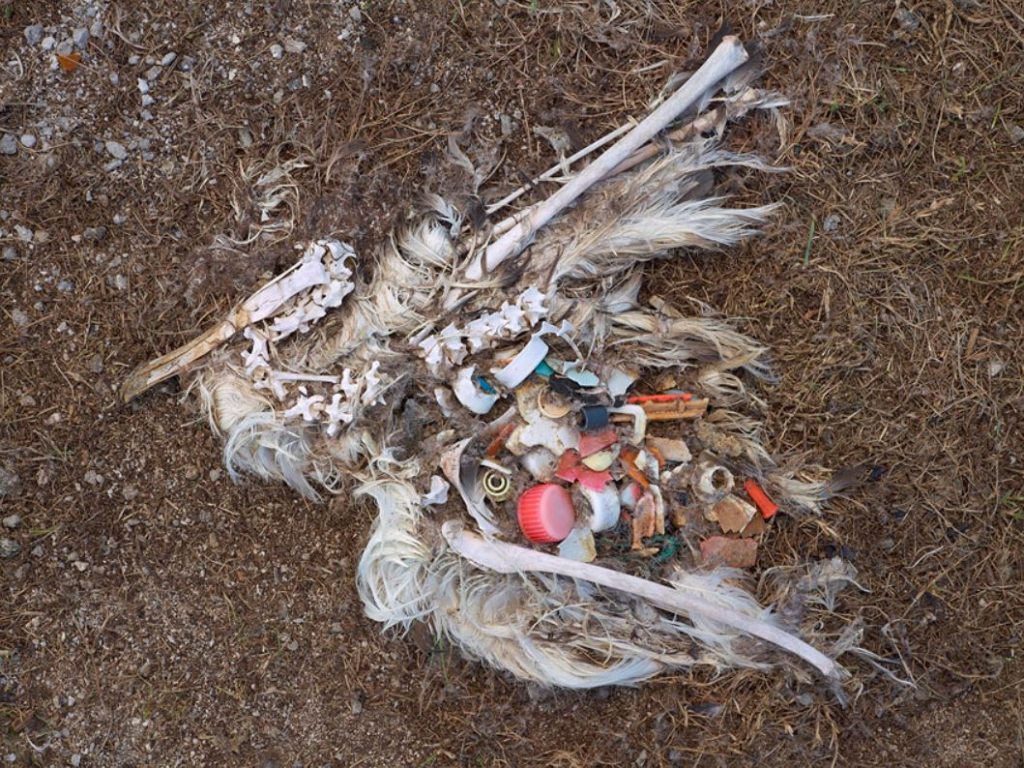Art explores the myriad of issues.

As I read about the threats to global freshwater resources, to our oceans, to our climate, and the risks we face because of those threats, it can feel overwhelming. For decades environmentalists have sounded the alarm, calling on the world to use less carbon, to reduce, reuse and recycle, to conserve water, reduce pesticides & synthetic fertilizers, and protect and restore habitat. And yet it is 2019 and we are still on an unsustainable course, with ongoing water pollution from largely unabated carbon emissions, chemical-intensive farming practices, industrial dumping, oil leaks, marine dumping, plastic waste, nuclear accidents and sewage overflows.
In the maelstrom of sobering statistics, and political and corporate inertia, art offers me both hope and inspiration. Art also serves as a powerful educational tool to highlight the issues and provocateur to prompt action.
The Power of Creativity
Susan Hoffman Fishman and Elena Kalman, creators of the traveling installation The Wave, have found “that art is a very effective way of addressing difficult subjects like climate change and the future of our water resources… Art allows individuals of all ages and abilities to feel and process emotion, [it] starts conversation and sparks creativity.” They found the combination of education and participation in The Wave prompted a greater interest in the future of water.

However we will need more than interest. We will need that interest to inspire creativity and action. Part of “correcting our course” is envisioning a new future, one largely without oil and gas. This will require creative thinking to redirect business, government and lifestyle practices to green options for transportation, manufacturing, building construction, food production, and energy generation. Creating a positive future will require tough choices, yes, but also innovations in design, methods, technologies, and funding mechanisms. And art is a powerful tool in reminding us of our own power and the power of creativity.
Creating a positive future will require tough choices, yes, but also innovations in design, methods, technologies, and funding mechanisms. And art is a powerful tool in reminding us of our own power and the power of creativity.


Opacify is Post Carbon Lab’s proposal – part art installation, part social engineering – that seeks to hijack the single-use plastics shopping experience. Bottle packaging would include messaging akin to cigarette warning labels; but with warnings of the eco impact of plastics. An option to include thermographic ink would require shoppers to interact with the bottle in order to see what’s inside. If it just plain looks evil, would you buy it? The concept was selected as a Finalist in A/D/O’s Water Futures Competition.

Bio Boulevard and Water Molecule by Buster Simpson creates a poetic highlight of reclaimed water use as the entry experience in an unlikely place – the Brightwater Wastewater Facility in Woodinville, Washington.

A Connected World
Art also reminds us we are not alone on our planet Earth. We co-inhabit this world with a diversity of cultures as well as the flora and fauna that provide food, medicine, shade, clean air, absorb rain run-off, and other benefits that humans need.

Vancouver B.C. artist, environmental educator and curator Robi Smith explores our under-water neighbors on the NW coast, from salmon to whales, eelgrass to sponge reefs. Smith’s art reflects her passion for coastal marine ecosystems and her concerns about the impacts of human activities on forest, river and ocean life. Her mixed media paintings embed found materials, such as maps, into land- and sea-scapes that explore the interconnections between different species. The works tell visual tales layering scientific understandings with site-specific observations, allowing a glimpse of what often unseen.

Bluebell by Magical Zoo is based on a Blue Ring Octopus that inhabits coral reefs and tide pools of the Pacific and Indian oceans. This poisonous color shifting creatures is threatened, like many of marine life, by coral reef damage and pollution in the oceans. The artist turns an ugly truth, “that we have been knowingly destroying our planet and killing off its natural life in pursuit of the falsehoods promised by mass consumption” into a zoo of colorful and playful recycled sculptures seeking to inspire conservation actions.
Help Chart the Course
There is a lot of overlap in protecting our water resources and fighting climate change. Water flows around the globe, and rises and falls through the atmosphere – it’s all connected. All the water we will ever have is here on the planet right now. Protecting our water is a global effort that requires local actions and policy.
- The single most impactful thing we can all do to protect our water is to VOTE for leaders who will enact policies that support (and fund) clean energy and eliminate water pollutants.
- Walk the talk (reduce waste, buy less plastic, reuse what you buy, volunteer or support non-profits that protect and conserve freshwater and marine water bodies.)
- Match purchases to your values and support companies that practice good enviromental stewardship (LEED and Living Buildings, Salmon-Safe or organic agricultural products, slow fashion, eco materials and reduced or paper packaging, etc.).
These strategies are necessary to make it clear to politicians and corporations that money flows to those who support pro-planet policies and create environment-friendly products, from reducing waste and eliminating single-use plastics to shifting us to a clean energy economy to implementing organic farming methods, and on and on.







